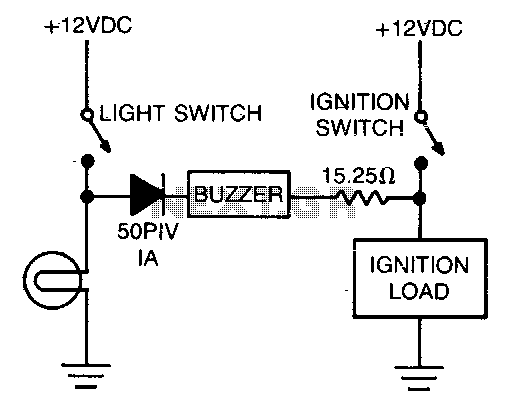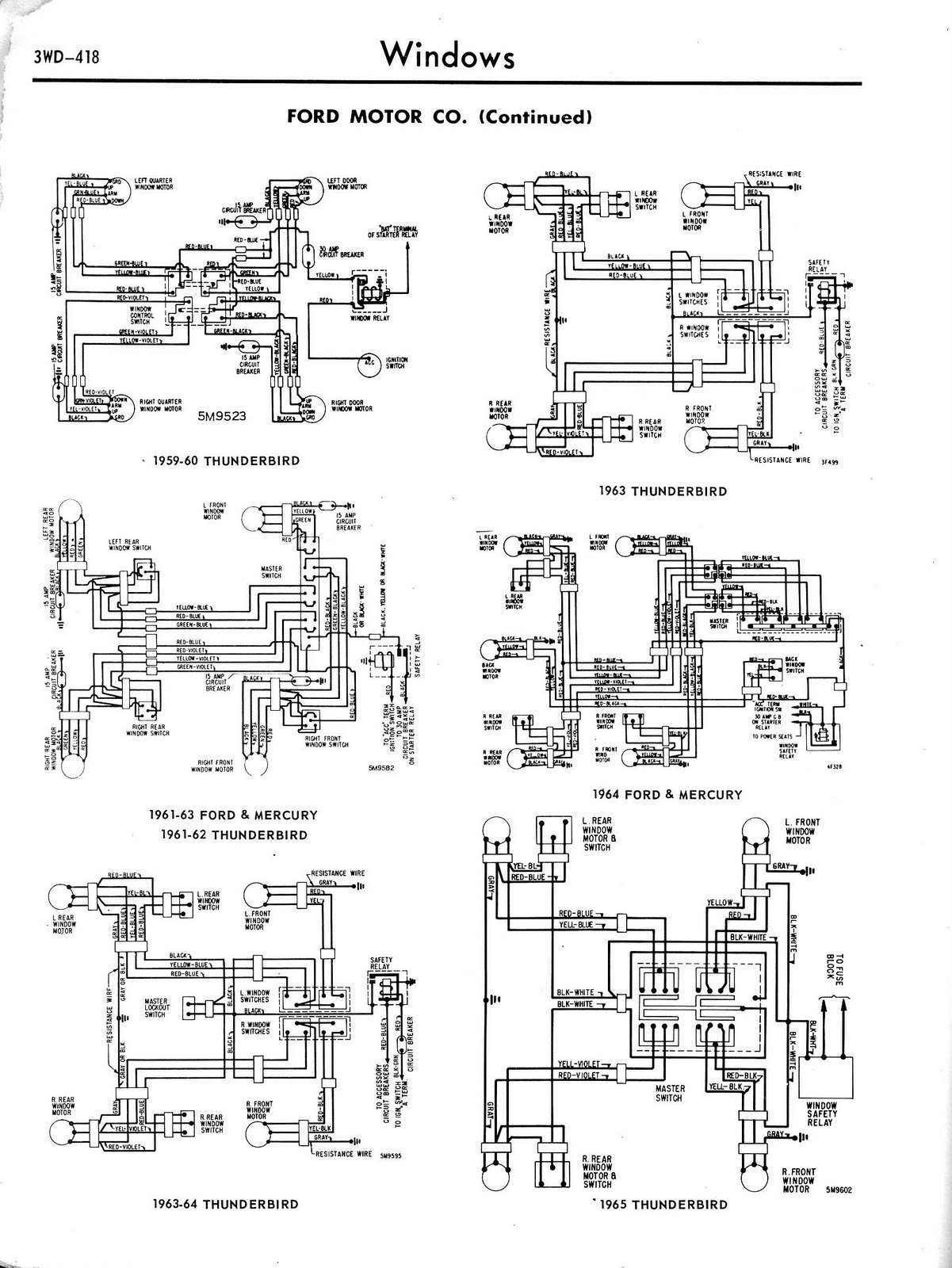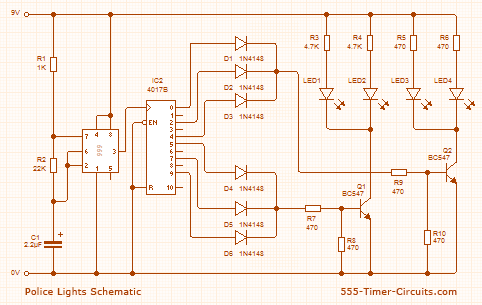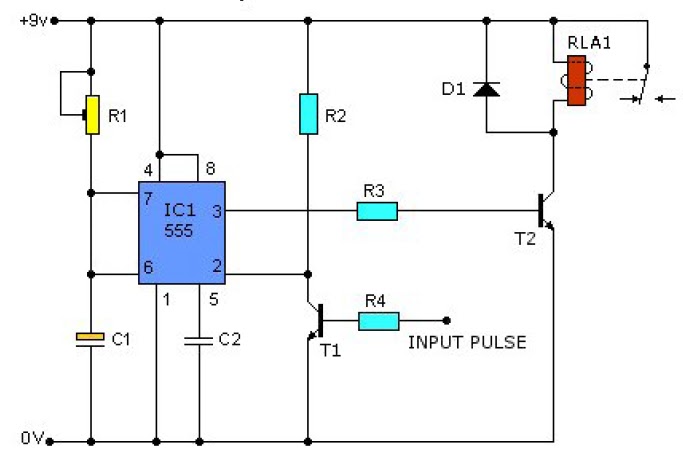
SE9518 holiday lights ASIC

The circuit utilizes a 220V AC input, which is processed through a VD1-VD4 bridge rectifier to convert the AC voltage into a DC voltage. This DC voltage is then used to power eight lights labeled H1 to H8. Additionally, a resistor (RI) is employed to drop the voltage, while VD5 serves as a regulator and filter for the power supply. The circuit features eight outputs (Q0-Q7) that are connected to resistors (R2-R9) for direct control of thyristors (VS1 to VS8). The programming terminals KO to K3 are left unconnected, allowing for customization based on user requirements. This setup enables the eight lights H1 to H8 to flash according to a predetermined mode.
The circuit operates by first converting the 220V AC input into a usable DC voltage through the bridge rectifier formed by diodes VD1 to VD4. This conversion is essential for providing a stable power supply to the subsequent components. The output from the rectifier is typically a pulsating DC voltage, which is then smoothed by the filter and regulated by diode VD5. The voltage drop across resistor RI is crucial for ensuring that the voltage levels are appropriate for the lights and control circuitry.
The thyristors (VS1 to VS8) are key components in managing the power delivered to the lights. Each thyristor is driven by its corresponding output (Q0 to Q7) through resistors (R2 to R9), which limit the current and protect the components from excessive current flow. The thyristors allow for the control of the lights by switching them on and off rapidly, enabling various flashing patterns as determined by the programming options available at terminals KO to K3.
The design provides flexibility, as users can modify the connections and programming according to their requirements. By consulting the referenced Table 2-23, users can configure the circuit to achieve different lighting effects, enhancing the versatility of the system. The ability to customize the flashing modes of the lights H1 to H8 makes this circuit suitable for various applications, including decorative lighting, signaling, or any scenario where dynamic light patterns are desired.220V AC by VD1-VD4 bridge rectifier, all the way to eight lights H1 ~ H8 supply of electricity, the other passing RI drop pressure, VD5 regulator and filter cl A power supply m anifold. Manifold eight outputs Q0-W via resistors R2-R9 direct drive thyristor VS1 ~ VS8. FIG pattern programmed end KO ~ K3 are vacant did not answer, according to the reader Table 2-23 shows the connection according to their own requirements, you can make eight Tsui lights Hl ~ H8 flashes according to the set mode.
The circuit operates by first converting the 220V AC input into a usable DC voltage through the bridge rectifier formed by diodes VD1 to VD4. This conversion is essential for providing a stable power supply to the subsequent components. The output from the rectifier is typically a pulsating DC voltage, which is then smoothed by the filter and regulated by diode VD5. The voltage drop across resistor RI is crucial for ensuring that the voltage levels are appropriate for the lights and control circuitry.
The thyristors (VS1 to VS8) are key components in managing the power delivered to the lights. Each thyristor is driven by its corresponding output (Q0 to Q7) through resistors (R2 to R9), which limit the current and protect the components from excessive current flow. The thyristors allow for the control of the lights by switching them on and off rapidly, enabling various flashing patterns as determined by the programming options available at terminals KO to K3.
The design provides flexibility, as users can modify the connections and programming according to their requirements. By consulting the referenced Table 2-23, users can configure the circuit to achieve different lighting effects, enhancing the versatility of the system. The ability to customize the flashing modes of the lights H1 to H8 makes this circuit suitable for various applications, including decorative lighting, signaling, or any scenario where dynamic light patterns are desired.220V AC by VD1-VD4 bridge rectifier, all the way to eight lights H1 ~ H8 supply of electricity, the other passing RI drop pressure, VD5 regulator and filter cl A power supply m anifold. Manifold eight outputs Q0-W via resistors R2-R9 direct drive thyristor VS1 ~ VS8. FIG pattern programmed end KO ~ K3 are vacant did not answer, according to the reader Table 2-23 shows the connection according to their own requirements, you can make eight Tsui lights Hl ~ H8 flashes according to the set mode.





